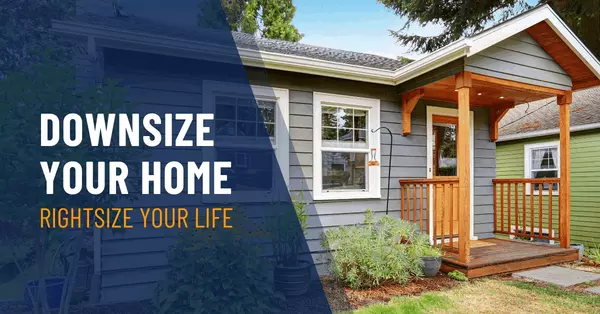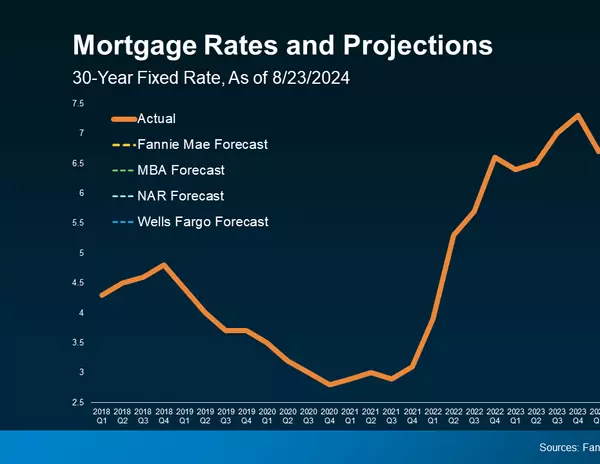
The Ultimate Relocation Guide: From Finding a House to Feeling at Home
The peak moving season is upon us. In fact, according to Move.com, almost 70% of U.S. moves occur between May and September. And while the percentage of Americans who move each year has declined, the desire to relocate remains strong. In fact, Architectural Digest recently declared “Americans a

6 Strategies to Save on Home Insurance Premiums
From wildfires to floods, the past few years have brought a historic number of devastating climate and weather events to the United States. In 2023 alone, there were 28 individual weather-related disasters that caused at least $1 billion in damages each.1 These events triggered a huge influx of ho

Downsize Your Home, Rightsize Your Life: How to Choose the Ideal Smaller Home
When you've lived somewhere for many years, it can be tough to say goodbye. But if you (or a loved one) currently have a home that is bigger than necessary or is too high maintenance, it may be time to trade unused square footage for a smaller, more manageable space. Take it from the downsizers who
Categories
Recent Posts










